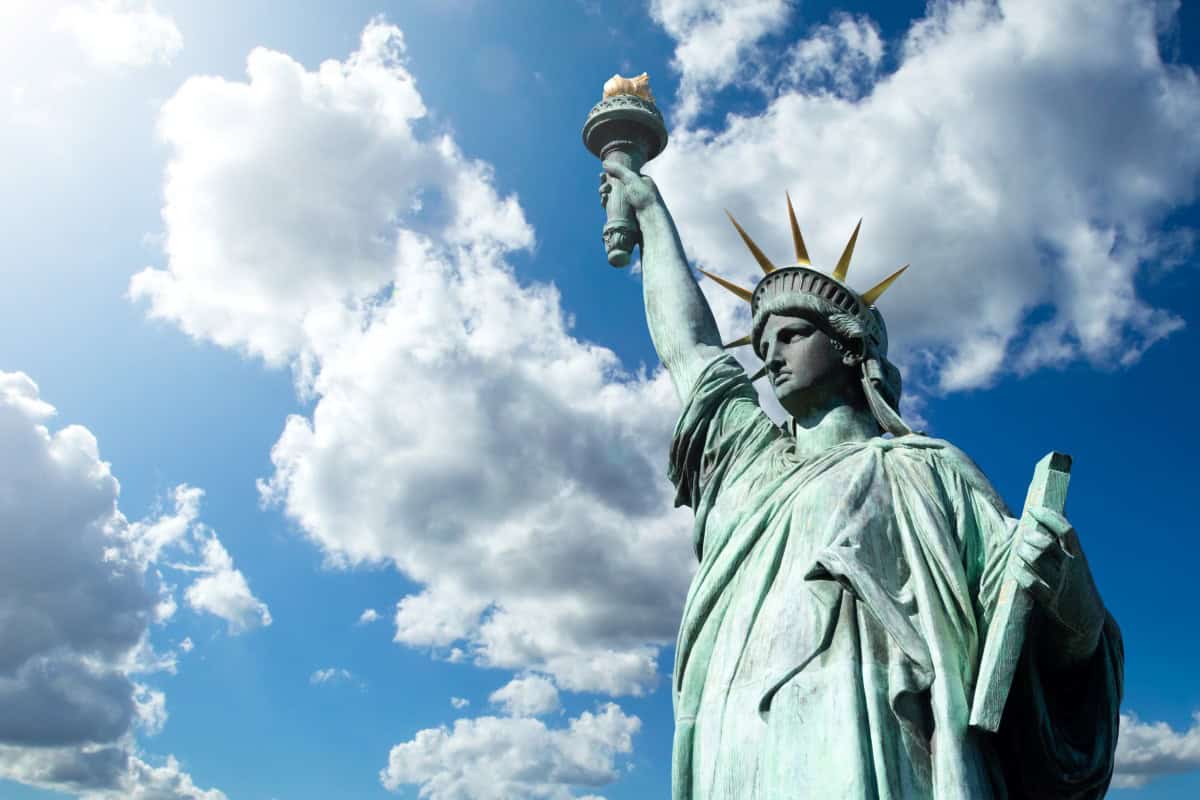You bet!
It can take years, decades, generations to build a brand’s reputation, and then one ill-judged comment or irresponsible action can bring it all crashing down.
We like to think of brands as powerful, robust things built on the foundations of good product and service delivery.
But it’s more useful to view a brand as “a fragile idea that lives in the mind” (a definition I read recently). A brand is an idea, a promise, a dream. So susceptible to neglect, sabotage or reckless behaviour.
Even the strongest brands, built over decades of brilliant and consistent effort, can be ruptured in this way – take VW and the Dieselgate fiasco. Their entire positioning was built on the promise of reliability, only to be exposed as unreliable and dishonest.
In truth, all it takes is one person to burst the bubble, and the harm can be catastrophic, possibly irreversible, for a brand. Here’s some examples to demonstrate…

“Is Elon Musk steering Tesla into a brand crisis?” shouts a recent headline in The Drum.
Tesla’s recent earnings reveal massive sales and stock value declines as CEO Elon Musk’s escalating controversies and political entanglements raise questions about the brand’s long-term prospects.
Crowds have boycotted Tesla showrooms, defacing or burning cars, and investors are increasingly questioning whether Tesla’s biggest asset – Elon Musk – has become its biggest liability.
As hedge fund boss Per Lekander told the Financial Times, “Tesla had a very strong brand value, and Elon has managed to totally destroy it.”

It’s one of the most stunning examples of a brand being unwittingly sabotaged by its own boss. Gerald Ratner famously wiped £500m from the value of his own jewellery group, Ratners, with one speech in 1991.
And this was back when £500m was a lot of money.
Referring to his firm’s cut-glass sherry decanters, he decided to go for laughs, making the ill-judged comment: “People say, ‘how can you sell this for such a low price?’ I say because it’s total crap.” And for good measure, he added that his stores’ earrings were “cheaper than a Marks and Spencer prawn sandwich but probably wouldn’t last as long”.
There may have been laughs in the room, but no-one was laughing when the story hit the papers and Britain’s biggest jewellery group plunged into the red, forcing them to close 330 shops as customers stayed away in droves.
The company changed its name to Signet Group two years later, but the damage was done. Ratner’s speech is still famous in the corporate world and such gaffes are now known as “doing a Ratner”.

Theranos’ problem was that its blood testing machines simply didn’t work.
What made it all so much worse was that founder Elizabeth Holmes went to extreme lengths to cover this up, making outlandish claims, faking results, and duping colleagues and customers, investors and patients into believing that its Edison device could perform hundreds of blood tests with just a pinprick of blood, promising to detect conditions like cancer, diabetes and HIV/AIDS.
The company, once valued at $9 billion, collapsed after The Wall Street Journal exposed the truth, and Holmes is currently residing at a Federal Prison in Texas.

The Canadian athletic apparel retailer was founded by Chip Wilson in 1998 as a retailer of yoga wear.
The brand gained ground fast, and by 2013 the company made its third consecutive appearance on Fortune’s Fastest-Growing Companies list.
In the same year, Lululemon was forced to recall some of its women’s black yoga pants due to the fabric being too “sheer”. In other words, when bending over, people saw things they were never meant to see. What turned this PR problem into a full-blown reputational crisis was Chip Wilson’s inability to keep his remarkably misogynistic opinions to himself, wading in to blame women’s bodies for the issue.
Customers were understandably outraged, the company’s shares took a hit, and Wilson was forced to resign as Chairman.

BrewDog’s co-founder and CEO, James Watt, was forced to step down in 2024 following a string of controversies and allegations of inappropriate behaviour and abuse of power in the workplace.
A BBC documentary, The Truth about Brewdog, revealled allegations of a “toxic culture of fear” in which workers were bullied and “treated like objects.”
BrewDog was forced to apologise to a number of former employees, received massive negative coverage, and its reputation as a “punk” brand was seriously eroded.
The company also lost its B Corp certification (awarded to companies that meet high standards of social and environmental performance, transparency, and accountability). All this significantly impacted the brand’s reputation and performance, with YouGov’s BrandIndex showing that BrewDog’s brand health scores plummeted.

The CEO of RBS from 2001–2008, Goodwin will forever be associated with causing huge damage to a much admired 300-year-old financial institution.
Known in City circles as “Fred the Shred” for his ruthless approach to cost savings, his aggressive acquisition strategy, including the takeover of ABN Amro, eventually proved disastrous and led to the near-collapse of RBS during the 2008 financial crisis.
Goodwin announced his early retirement just a month ahead of RBS’s announcement of a record-breaking £24 billion loss, the largest annual loss in UK corporate history, and its subsequent nationalisation to keep the doors open.
In 2012, Goodwin’s knighthood was “cancelled and annulled” by the Queen on the advice of Her Majesty’s Government.

Where to begin?
By attacking and threatening allies, cozying up to aggressors, and flip flopping on tariffs, Trump has caused spectacular, possibly irreversible damage to the global reputation of his country.
In a recent article, economist Paul Krugman says “I knew that Trump’s policies would be irresponsible and destructive. However, even I didn’t expect him to destroy credibility accumulated over 80 years in less than three months. But he has. And even if Trump were to backtrack on everything he’s done, we wouldn’t get the lost credibility back.”
And as US mega-doner Ken Griffin said recently, “The US is more than just a nation – it’s a brand. We’re eroding that brand right now…when you tarnish that brand it can take a lifetime to repair the damage that has been done”.
So whether accidentally, recklessly or foolishly, there’s no doubt that one person can cause spectacular, sometimes irreversible harm to a brand’s reputation, with all the customer fall-out and commercial impact that this causes.
Can it be avoided? Possibly, though risk is always heightened when a company has a high profile leader without a strong board and governance, clear and transparent communication, and proactive risk management.
The more a brand can dissociate itself from an individual, the lower the risk… but also the potential benefits. Can we really imagine Virgin without Branson?